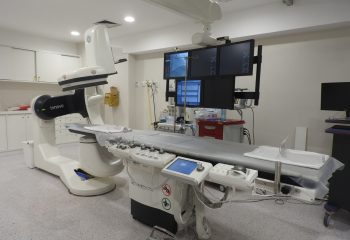Pursuant to Section 33 of the Workers Compensation Act 1987 (the 1987 Act) an injured worker can receive weekly payments from the employer for partial or total incapacity from the workplace injury. Before paying the injured worker’s weekly payment, the insurer must calculate the so-called pre-injury weekly average earnings (PIAWE) of that worker.
In most situations, if an injured worker has been continuously employed for at least 4 weeks the insurer can simply calculate the weekly average earnings by looking at the gross pre-injury earnings received by the worker each week prior to the occurrence of the injury. However, if a worker is injured while they are employed less than 4 weeks, a different approach of calculating PIAWE applies.
Section 4, Schedule 3 of the 1987 Act prescribes that the PIAWE of a short-term worker who is continuously employed less than 4 weeks should be calculated by reference to how much the worker could have been expected to have earned in the employment for the next 52 weeks but for the injury. The expectation of the worker can be ascertained by (section 8F (1) of Workers Compensation Regulation 2016):
a. Any contract of employment made before the date of injury;
b. Any award or agreement relating to the employment;
c. Any hours worked or earnings received by the worker during the period of 52 weeks before the injury.
If none of the above apply then the earnings are to be determined having regard to the average weekly amount earned during the 52 week before the injury of comparable employees.
In Almanaa v FBS Formwork Group Pty Ltd [2021] NSWPIC 455, the applicant worker sustained injury at the first day of his employment, the worker relied on his oral conversation with the respondent employer arguing that the worker had an oral agreement with the employer that the former will work full-time 40 hours from Monday to Friday and get paid $280 per day after tax. Member Wright in the absence of other evidence by the respondent employer suggesting the contrary accepted that the oral agreement gives rise to the term of hour rate and work arrangement. Accordingly, the applicant worker’s PIAWE has increased to $1,859 from $855.18.
What we can learn from Almanaa is that the absence of written agreement is not a bar in calculating PIAWE for the short-term worker provided there is extrinsic evidence sufficiently giving rise the term of agreement between the worker and the employer relating to work arrangement and pay rate prior to the injury.
If you have trouble calculating your PIAWE, please call 02 8355 9999 to arrange a meeting with one of our personal injury lawyers at Longton Legal.
*Disclaimer: This is intended as general information only and not to be construed as legal advice. The above information is subject to changes over time. You should always seek professional advice before taking any course of action.*








